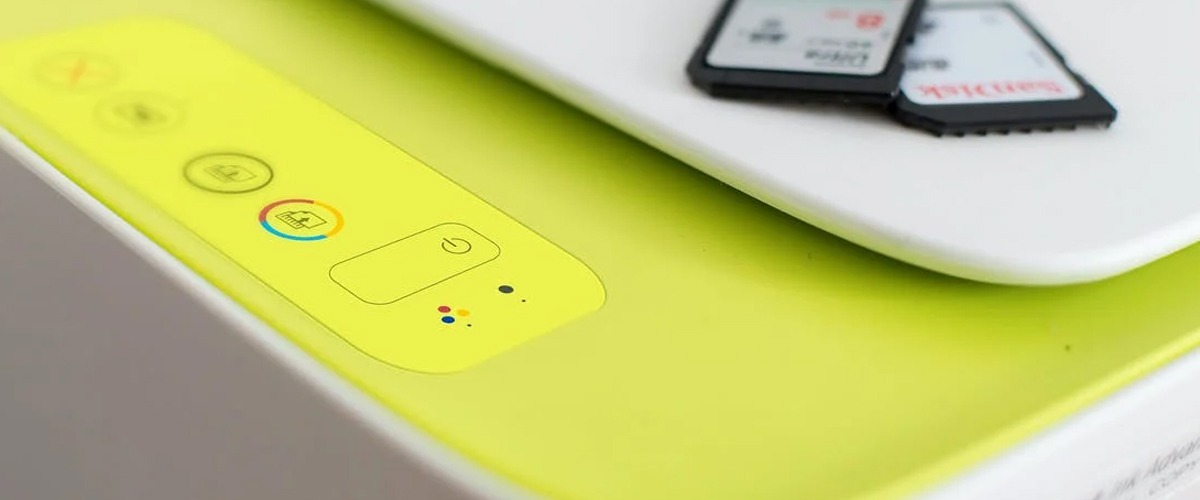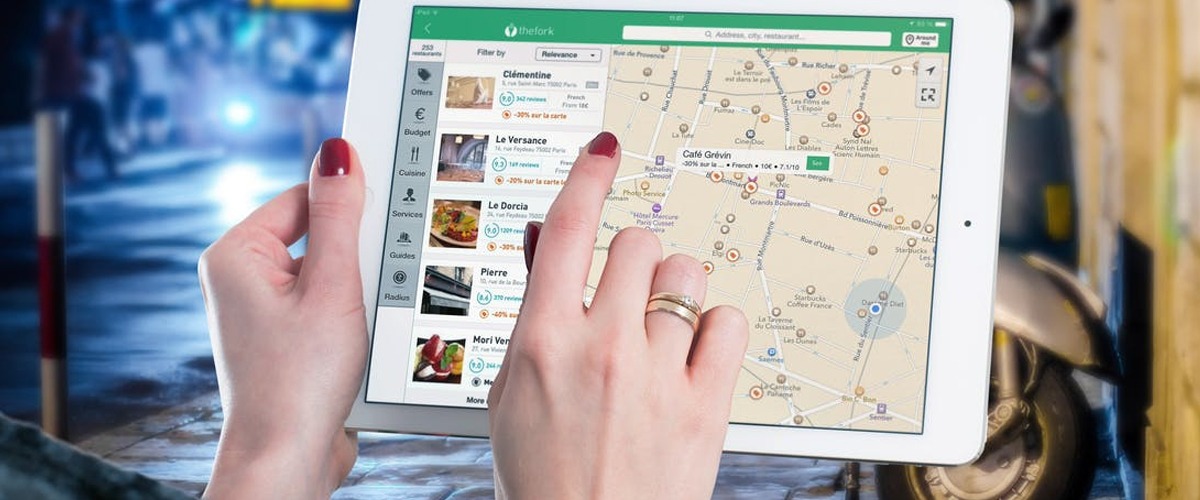Unfortunately, in the world of leaflet distribution companies, there are many businesses and individuals offering the service who may not carry it out as it is intended and agreed to be done. There are many scams to avoid when choosing a company to distribute your leaflets.
Therefore, the leaflet network was started. The companies who were doing a correct job of delivering the leaflets, were having to charge rates that were far too high to compete with the companies who were using other means. By having a network of distribution companies working together, we can lower the rates and match runs up with each other. This means for a more cost-effective job for the teams and a far more efficient and trustworthy service for our clients.
As each of the companies used by us are vetted and trained to get into the network, we have a far more trustworthy service. Each team must abide by our strict rules and back checks on jobs, so they must be able to provide sufficient evidence for distribution. After trialling many teams throughout the UK, we believe we have been left with the most efficient and secure teams there are.
Following an enquiry through our website, you will be forwarded to our current team in the area you selected. We will also have a copy of the job you are having completed for you. The distribution team will then complete the order with yourselves and provide all sufficient evidence to us as well as you to prove distribution was completed successfully. Using our in-depth demographic and mapping software, we can thoroughly check all information to confirm that it matches up.
Teams used by us, risk losing membership with the network if they are to receive any bad responses or feedback. Therefore, they will choose to give you the best services possible including their best price for the job.
We highly recommend using our network to get your distribution campaign underway, as this is by far the most secure and trustworthy method in the UK at the moment for completing a leaflet drop.










